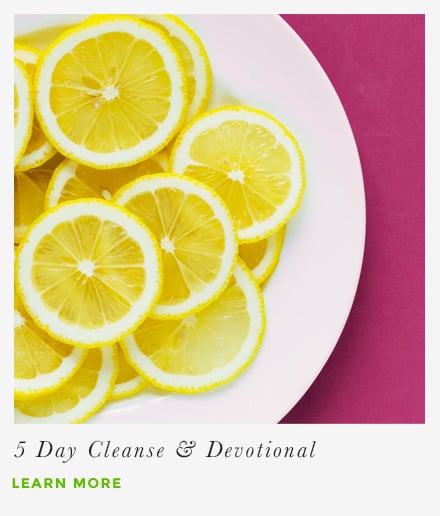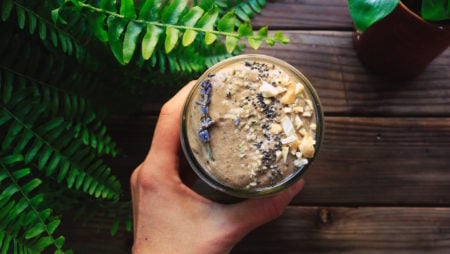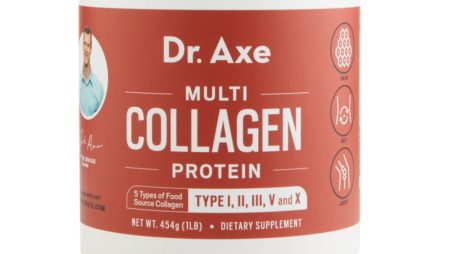How This Nourishes Your Body
Fermented Food
What are Fermented Foods and Drinks?
Fermented food? Bacteria? A superfood? It may not sound as appealing as the ever popular goji berry or healthy chocolate (cacao), but fermented foods provide powerful nutrients to the body that can regulate digestion, clear the skin, and increase energy levels. The best part? Unlike other ‘superfoods’ on the market that cost a fortune- this ancient health tonic can be made right in your own kitchen with little time or money, and provide you with the same, if not more, benefits than the most expensive products available today.
 Interesting Facts
Interesting Facts
Fermented food and beverages are a source of powerful ancient health wisdom that has gotten lost throughout the years. Before refrigeration, cultures would preserve their vegetables and dairy through ‘lacto-fermentation’- which actually increases the nutritional content of the product dramatically. When food goes through the fermentation process, it begins to produce beneficial bacteria, lactobacilli, along with other strains that sustain the health of our entire body. Without enough of this healthy bacteria in our bodies, we begin to experience symptoms such as depression, anxiety, ADHD, allergies, asthma, digestive issues and more.
Decrease in Fermented Foods = Increase in Disease.
Cultures all around the world consumed fermented food and beverages at almost every meal- and did not suffer from the digestive/emotional/autoimmune problems we are suffering from today. The correlation between healthy bacteria in our bodies and physical, emotional health is outstanding.
In the world we live in today, we are killing all of the good bacteria we need in our systems through antibiotics, chlorinated water, and processed foods. This is deadly because we are not then replenishing our bodies with the probiotics we need to live a happy, healthy life.
So many of the health concerns we are facing today are largely caused by an unhealthy gut flora. Most physical and mental disease originates in the digestive system. This includes disorders such as acne, depression, asthma, ADHD, multiple sclerosis, food alergies, and digestive disorders. Once you heal your gut lining, and make your digestive system work properly again, disease symptoms will typically resolve.
Types of Fermented Food and Beverages:

It can be intimidating at first, but making your own fermented food and beverages can become quite entertaining! I personal make my own fermented vegetables, brew kombucha, and make goat milk kefir on a regular basis. (Never thought those words would come out of my mouth!)
Start by adding one type of fermented food/drink into your diet, and once you have that down, change it up 
Easy Sauerkraut Recipe:
Ingredients
1 large head green cabbage
1 tbsp sea salt
Water
Equipment
Quart-sized mason/canning jar
Large bowl
Wooden pounder or meat hammer
Directions
1. Cut the cabbage in half and slice finely.
2. Put the sliced cabbage and sea salt in a bowl and pound with a wooden pounder or a meat hammer or just squeeze with your hands for about 10 minutes to release juices.
3. Place in a quart-sized, wide-mouth mason jar and press down firmly with a pounder or meat hammer until juices come to the top of the cabbage. If there is not enough liquid, add water until cabbage is fully submerged. The top of the cabbage should be at least 1 inch below the top of the jar.
4. Cover tightly and keep at room temperature for about 3 days before transferring to cold storage.
Superfood Benefits and Reasons to Eat

2. Significantly Increases Nutrient Content: Not only does lacto-fermentation preserve the food, it also creates beneficial enzymes, B-vitamins, Omega-3 fatty acids, and various strains of probiotics that were not present before. These nutrients are all vital for healthy skin, a clear mind, and strong immune system.
3. Provides Probiotics: We need a large amount of probiotics to keep our bodies healthy, balanced, and clear of toxins that are constantly invading us every single day. Fermented foods bring beneficial bacteria into the digestive system to create a clean, smoothly running digestive track, while fighting infections and inflammation throughout the entire body. Probiotics have been shown to help reverse some diseases, improve bowel health, regulate digestion, and strengthen the entire immune system!
Article References:
Gilliand, SE. Health and Nutritional Benefits from Lactic Acid Bacteria. Found online at www.ncbi.nlm.nih.gov/pubmed/2271223.
Fallon, S. Lacto-Fermentation. From Nourishing Traditions: The Cookbook that Challenges Politically Correct Nutrition and the Diet Dictocrats, New Trends Publ., 1999.


 How to Balance Hormones
How to Balance Hormones  5 Hormone Balancing Foods
5 Hormone Balancing Foods 






No Comment
You can post first response comment.